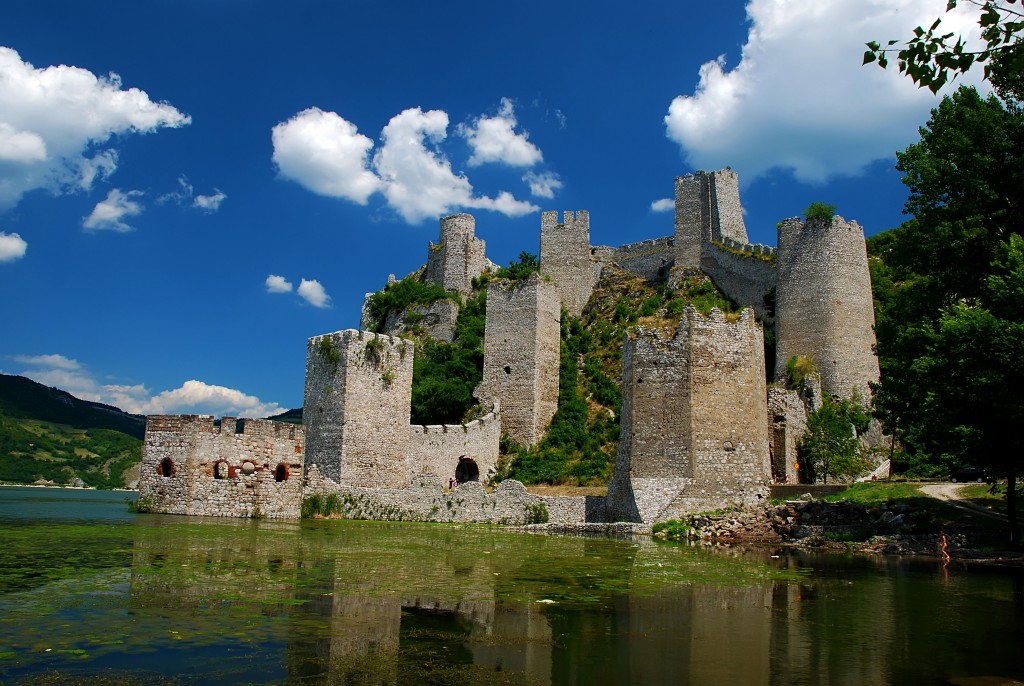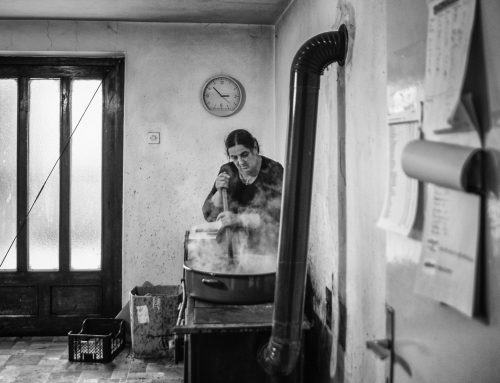Recently, several media have published false claims about allegedly improper handling of the reconstruction of Golubac Fortress, put forward by Mrs. Marija Jovin. In an effort to protect Mrs. Jovin’s professional integrity and reputation we have so far refrained ourselves from reaction to her claims, but, for the sake of truth and informing the public about the implementation of this capital project, we now have to publish the information about the real state of affairs.
The project of revitalisation of Golubac Fortress includes complex reconstruction works on the Fortress itself, construction of a ring road and a tunnel that would finally move traffic out of the Fortress, a visitor centre, necessary infrastructure and coastal defence along the banks of the Danube.
The biggest challenges of reconstruction of Golubac Fortress are precisely those stemming from the insufficiently developed project that has once been drafted by Albo inzenjering company and Mrs. Marija Jovin acting as responsible designer. The said project lacks numerous segments, among which are accurate technical drawings of the current state of the Fortress and future appearance of each of the Fortress walls. Without these drawings reconstruction works are impossible to carry out.
The project did not envisage brickwork of the palace whose walls are in the water. It also lacks evidence of quantities, meaning that responsible designer made no more than an assumption about the quantities in stead of calculating them on the basis of accurate drawings of the current and future appearance. As a result, contractors have repeatedly faced new surprises at the construction site.
Public enterprise “Tvrđava Golubački grad” was, being the official investor and in charge of the complex, forced to hire architectural design bureau “VMS” from Belgrade to amend the shortcomings of Mrs. Jovin’s project, thus imposing additional costs. All of the aforementioned, along with technical conditions for the implementation of the project defined by the designer (brickwork is done using lime mortar that sets weakly below 5°C in conditions of high humidity which is the case on the banks of the Danube) and the fact that traffic flows through the Fortress itself, has caused the works to start later and progress at a slower pace than initially planned.
Materials used so far in the construction of Golubac Fortress are those approved by conservation supervision of the Republic Institute for Protection of Cultural Monuments and the designer Marija Jovin. There is a document signed and sealed by Mrs. Jovin, stating her consent with using the rock that is currently being used in the reconstruction. Conservation supervision of the Republic Institute for Protection of Cultural Monuments has made reports on the works done so far, making no complaints about the type of rock being used for the brickwork.
We are therefore surprised by the inappropriate response from Mrs. Jovin and her attempts to disavow everything in relation to reconstruction of the Fortress through media. It is not uncommon to approve something in the first place and then make statements to the media about the same thing being absolutely wrong. Even more so, given that the biggest problems were caused by incomplete documentation drafted by, among others, her. We cannot allow anyone engaged in the implementation act irresponsibly, even if it is Mrs. Jovin herself.
We care deeply to implement this project the best way possible and in line with rules of profession. This is why we have recently met with collegium of Republic Institute for Protection of Cultural Monuments and suggested concrete actions that would improve our cooperation and clear any future doubts about the quality, scope and pace of construction works. Efforts made by investors, contractors, construction and conservation supervision, local self-government and other state agencies are focused on successful reconstruction of the Golubac Fortress.
About Socio-economic Development of Danube Serbia Region project
Revitalisation of Golubac Fortress is a complex project funded by the EU through IPA funds with 6.6 million euros, with the best of intentions of supporting the development of this part of Serbia. The project is implemented within another 19.5-million-euros-worth project – Socio-economic Development of Danube Serbia Region – funded by the EU and implemented and co-funded by Austrian Development Agency. Within the project of Golubac Fortress revitalisation, Austrian Development Agency acts on behalf of the main financier of the project – the European Union.




